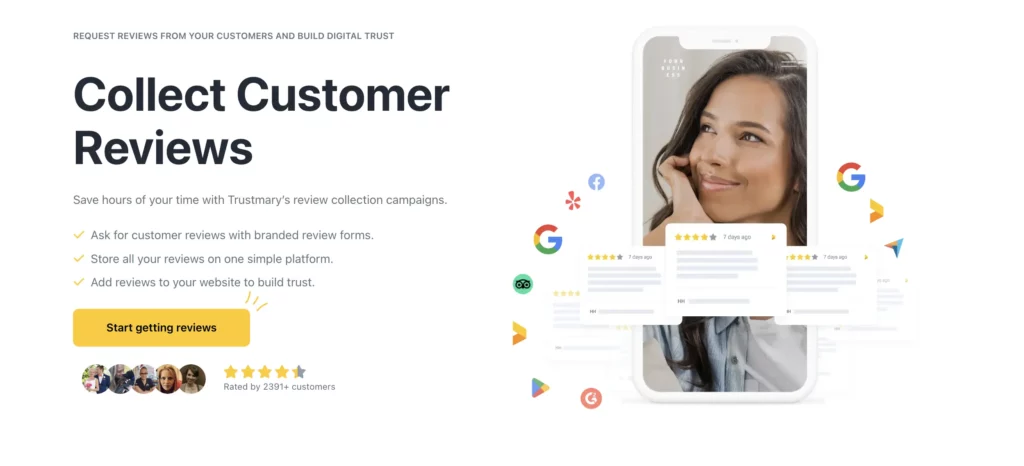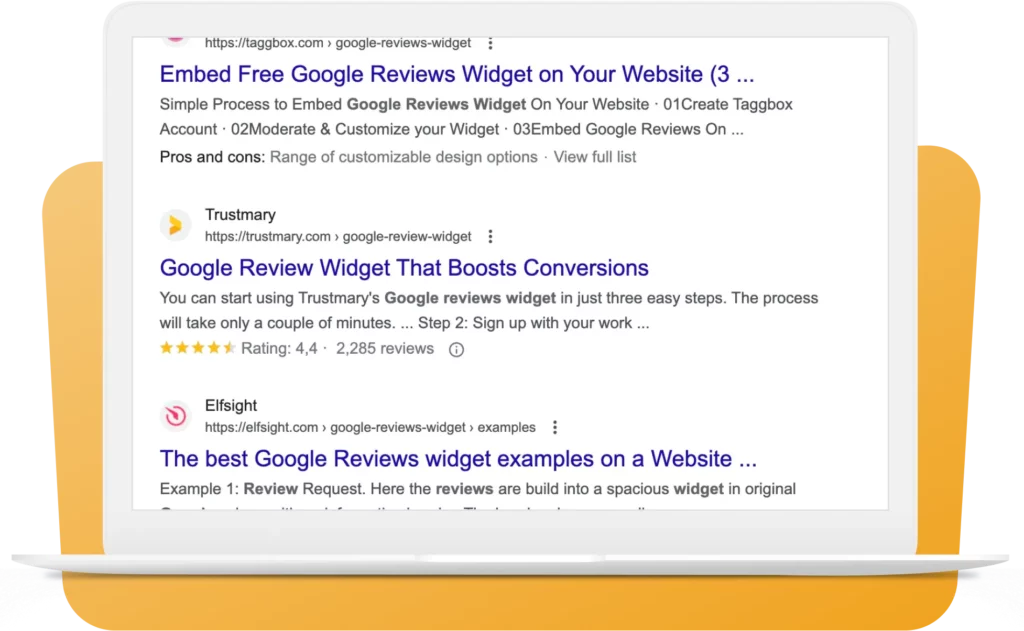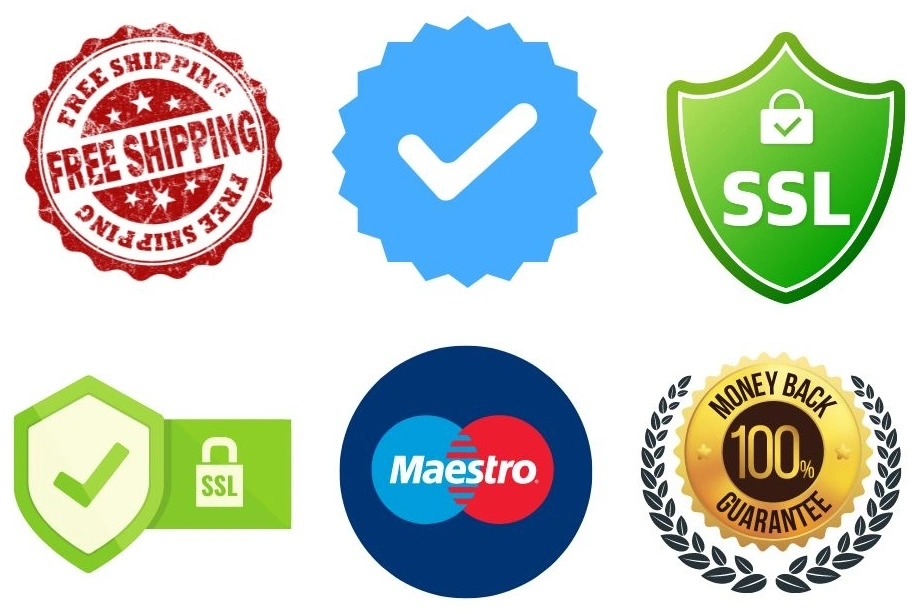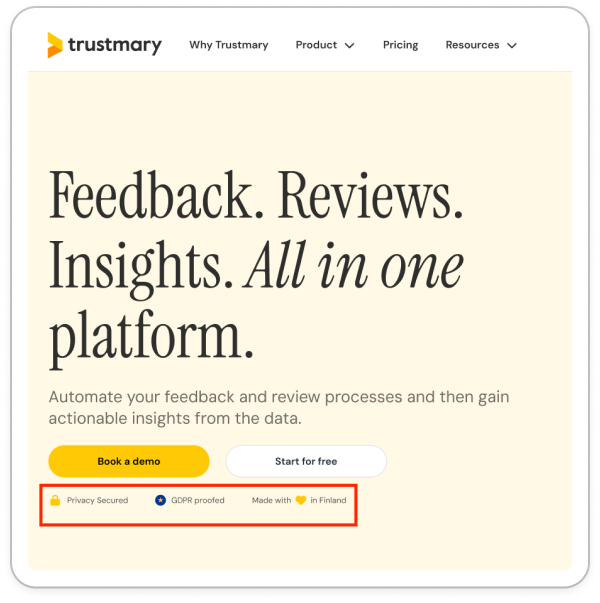Trust Badge: Get Yours Now (Works On Any Website)


If your website earns visits, it only makes sense that it should also earn trust. And the right kind of trust badge can be the missing piece.
Before you choose one, ask yourself:
- What industry are you in?
- Are you aiming for leads, contact requests, or online sales?
- Which content-management system are you using?
- Do you need security icons or payment icons to appear?
There are many forms of trust badges, trust signals, and related trust elements in B2B, but one badge stands out as universally relevant.
What Is a Trust Badge?
Trust badges are visual elements that are either static on your site or pop up when a visitor performs an action or moves to a certain part of your website.
Their sole purpose is to get your potential customers to trust your website, brand, or basically that you're a legit business.
Trust Badges Can Be Placed
- On the checkout page
- Next to any CTA buttons
- On product pages
- On the shipping details page
- On the accepted payment methods page
- On the About Us page
In short, anywhere where additional help is needed to get someone to trust a business.
Next up, let's look at the qualities of great trust badges.
Qualities of Trust Badges
Some of these could be no-brainers, but that's sometimes needed to get you to add a few trust badges to your own website.
Increase Trust
Okay, I just had to add this.
But it's also true. Some trust badges really boost customer trust and help get results.
- LOCALBOSS gets more signups with a strategically placed badge
- Eurokangas saw a 38,52% improvement in purchase journey
- EasyStart grew from a side-hustle to 10 people company
The real struggle is to figure out where trust needs to be added to get the results.
Boost Conversion Rates
The best trust badge increases tangible results from a website.
This can mean
- Increasing time spent on page, like Academy of Brain experienced
- Getting more leads
- Contact requests (how does a 60% increase sound like?), or
- Purchases (See how to get a 37% increase in sales from the website)
Size is Convenient
As trust badges are meant to be complimentary info, they are typically small and can be placed rather freely on a website.
One of the most effective places to display badges is close to CTA buttons.
If you can instill trust to convince a person to perform an action, you're winning.

Better Search Engine Rankings
With the right type of trust badge, you may even get a boost in search engine rankings.
If the feature list includes adding review schema to search engines, you can get a sort of trust badge from search engines.

Examples of the Most Common Trust Badge
The following trust badges are meant to prove that your site is reliable, and people should trust you with their contact info and/or credit card details.

1. SSL Badges
Tell your site visitors that you value data security and privacy.
Here's an example of a trust badge that focuses on making the website visitor feel their data will be safe if they sign up for this software.
- Privacy secured
- GDPR protected
- Made with love in Finland

2. Payment Badges
Payment badges show people what type of payment methods you currently support.
3. Money Back Guarantee Badges
Self-explanatory: If they're unhappy with your products, they can get their money back.
4. Guaranteed Secure Checkout Badge
Let's people know they're in safe hands when they fill in their credit card info or other personal information.
5. Third Party Endorsement Badge
Ever seen those "Top Performer in 2025" badges that, for example, Capterra gives out? The purpose of these thirdparty badges is to highlight that someone has already vetted your services, and deemed you trustworthy.
Leverage These Trust Badges to See Results
The common denominator with these badges is that they all focus on leveraging customer reviews.
But that tends to bring the best results, soooo....
Google Trust Badge
One of the most wanted trust badges is the Google trust badge.
However, there are some hoops you need to jump through in order to get it.
You need:
- 100 Google reviews
- Left during the past 12 months
Not all of us qualify for this, but luckily, there are other similar free trust badges available.
Create your free Google review badge below by searching for your Google My Business location below and playing around with the widgets in Trustmary.
Guide: Trust Badge Generator
Even though there are many types of trust badges, one is superior: a trust badge that features your overall star rating and number of reviews.
So let's add one to your website.
Adding this is the absolute first step in getting website visitors to trust your brand.
It's all about psychology and a phenomenon called social proof.
Steps for Adding an Inpage Trust Badge
- Have reviews for your business
- Import all reviews to Trustmary
- Create a badge
- Copy-paste the badge snippet to the website
- Refresh the page (purge cache if needed)
Here's an example from Vainu on how a trust badge can be featured on a very primary spot on their home page.
Vainu says that it has gotten more sales after adding reviews and trust badges to the website.

Steps for Adding a Popup Trust Badge
- Have reviews for your business
- Import all reviews to Trustmary
- Create a badge
- Install Trustmary Tag
- Set the rules for pages to include or exlude
- Choose a trigger to show popup (exit intent, on pageload, on pagescroll)
FAQ
Trustmary has a great hero badge that can easily be added close to CTAs. It's free to try!
Not sure if it'll work? Trustmary's review widgets have generated unparalleled results for many customers.
Including:
Are all trust badges equally effective in building trust?
No. You need to know your customers to know what it is that's making them not convert.
If they don't know whether your site is reliable, you need an SSL badge.
If people hesitate to buy because they're not sure about your legitimacy as a business, add social proof.